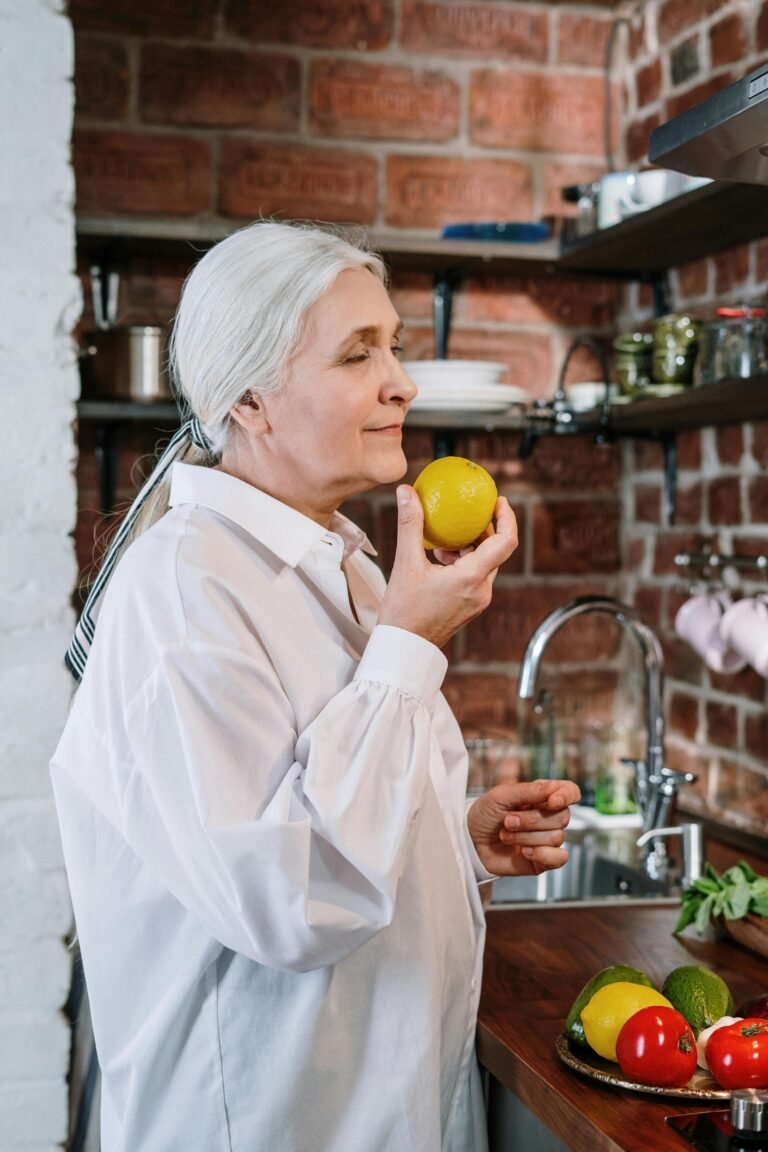Phlebitis, causes and remedies
Phlebitis is a disorder that should not be underestimated and for which you should always consult your doctor. Some natural remedies can also help prevent and soothe this inflammation.

Unfortunately, the topic is not the most pleasant. Talking about phlebitis on a portal of natural cures has the intention of helping those who suffer from it with some soothing remedies and, above all, to give some general indications to prevent a pathology that can present serious symptoms .
Phlebitis, what is it?
Phlebitis is defined as an “inflammatory condition of the intimate tunic of a venous vessel “. What does it mean? The veins that carry blood from the periphery to the heart can manifest conditions of pain, swelling and internal heat.
Often this pathology involves the presence of a solidified mass of blood material, the so-called thrombus , to which to pay close attention, as it could be very dangerous .
Where can we encounter a phlebitis problem? Generally, in the lower limbs : the veins of the legs in fact have to perform a very intense job of supporting the blood return and counteracting the force of gravity.
The posture often does not help : those who move little, spend many hours standing or sitting, suffer from forms of weighting of the legs, lymphatic and venous stagnation.
Phlebitis can be both superficial and deep , depending on the location of the involved vein. Unfortunately, deep phlebitis, the most dangerous and usually due to a thrombus, can be completely asymptomatic and instrumental tests are needed to ascertain its presence and consistency.
Phlebitis, the causes
The causes that can underlie the phlebitis problem are of various kinds.
As anticipated, the little movement and the need to spend many hours standing can trigger circulatory disorders such as varicose veins , which can be said to be an antechamber of the onset of an inflammatory condition such as phlebitis.
Particular pathologies contribute to altering blood coagulation and consistency , causing changes in the morphology of the veins, with swelling, stagnation and inflammation.
Trauma due to surgery, invasive treatments with needles, fistulas or catheters can also cause morphological changes and infections.
Among the possible triggering elements are also particularly heavy pregnancies , from all points of view: both the increase in body weight and the difficulties of gestation with forced rest.
How to prevent phlebitis
When we propose possible natural remedies, to support the treatments prescribed by the doctor , of course we are talking about superficial phlebitis . The deep one requires hospital treatments of a certain amount and anticoagulant and antithrombotic drugs .
Here are some simple mechanical tips to prevent phlebitis:
> use of graduated compression stockings to facilitate the return venous circulation, not to weigh down the leg and generate a micro-massage with movement, in case you spend many hours standing;
> movement of the lower limbs at a constant pace , especially if you perform a job that involves many hours standing or sitting. Soliciting the venous return pump is an excellent exercise: lifting up several times on the forefoot and then lowering again by exerting the weight on the heels stimulates venous circulation and unblocks the ankle, site of lymphatic stagnation and subject to swelling;
> rest with your legs slightly raised . It may be a comfortable solution to place a pillow under the knees, or a support under the mattress at the bottom of the bed;
> hot and cold showerings directly on the legs, from bottom to top ending with cold water. In this way, a simple Kneipp therapy is carried out at home.
Read also The remedies for heaviness in the legs in pregnancy >>
Natural remedies for phlebitis
Nature comes to our aid with some herbal remedies that can help facilitate venous circulation, tone the venous walls, drain edema and soothe inflammation.
> Horse chestnut : has anti-inflammatory, anti-edema and vasoconstrictive properties , thanks to the presence of escin , tannins , flavonoids . Horse chestnut is particularly indicated in case of phlebitis, as it promotes the restoration of the vascular endothelium, decongests the part and soothes the pain. It can be used both in glycerine macerate for internal use and in ointment directly on the legs.
> Butcher ‘s broom (or butcher’s broom): has diuretic, decongestant, anti-inflammatory and vasoconstrictive properties, thanks to the presence of saponins and rutin. Butcher’s broom helps to increase resistance and regulate the permeability of the vessels. Also in this case on the market there are both remedies for internal use and ointments .
> Sweet clover : has anti-inflammatory, diuretic, phlebotonic, anti-edema properties . It is particularly indicated in case of venous and lymphatic stasis , as it has a prokinetic action. The sweet clover has a restorative action on the vessels , useful in case of hemorrhoids and thrombophlebitis. On the market there are remedies for internal use standardized in coumarins. Considering the anticoagulant effect and especially the indication, it is necessary to use it on medical advice.



























+ There are no comments
Add yours